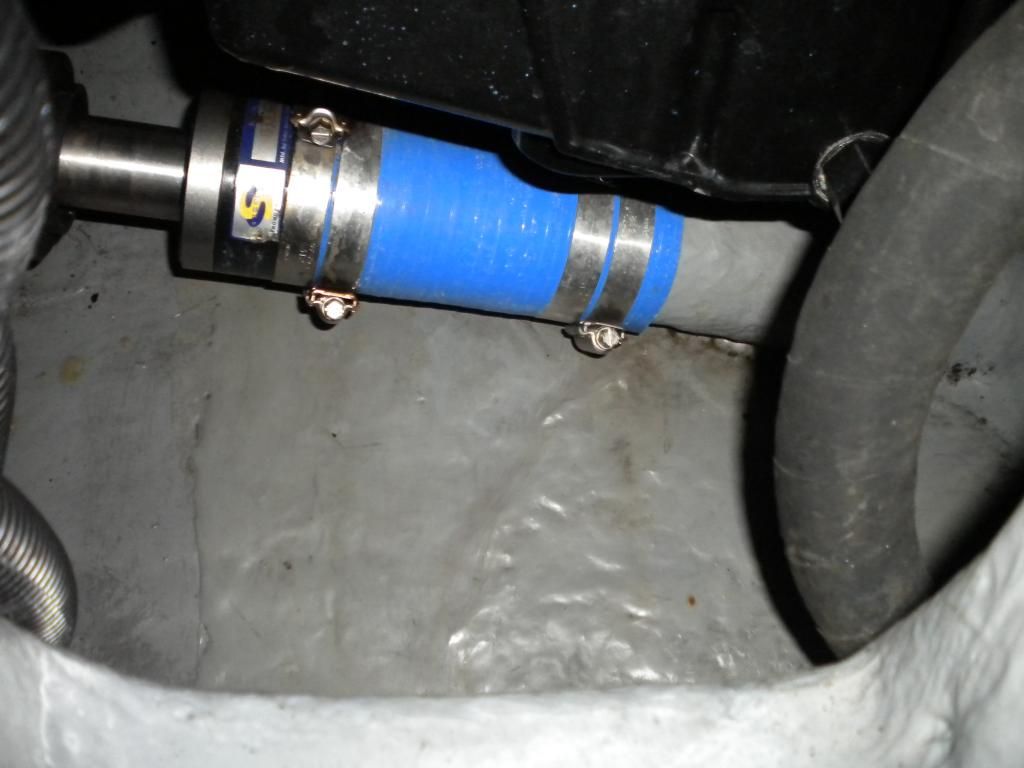HUMPH
Well-Known Member
- Nov 4, 2009
- 7,618
- Boat Info
- 2003 410DA
2009 Walker Bay 13’
- Engines
- CAT 3126TA's 350HP/
50HP Honda
Dale, I am replacing my oil pressure sending unit next weekend. Come on out and give me a hand! I'll dust my bilge for you...So, I get to work on a boat, and take a day off????? HHHmmmmm, let me think about that.......
OK, I'll do it, but only if your bilge is cleaned by then - I don't want to get dirty
Dale




